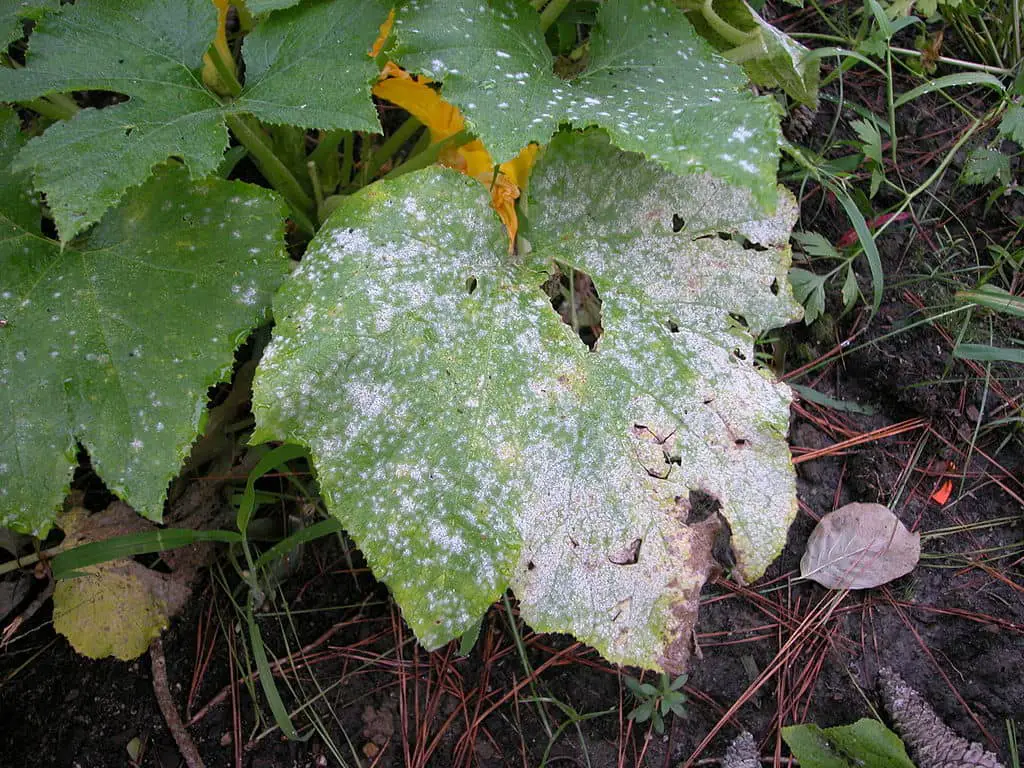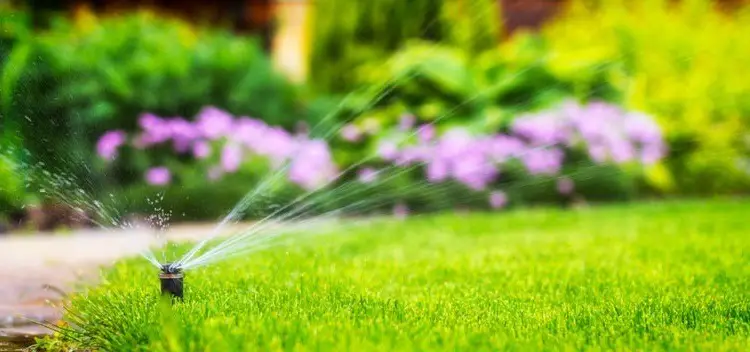All about Powdery Mildew
Powdery mildew is a common fungal disease among plants. This disease infects a wide range of plants. Many fungi species in the order Erysiphales cause this disease. Among them, Podosphaera xanthii fungal pathogen is reported to infest the plants more commonly.
This article focuses on powdery mildew disease, its infections, control, and prevention.
Powdery mildew thrives well in moderate temperatures (60 – 80°F) and high humid environments. Ideally, the greenhouse environment facilitates the spread of this disease. In fact, this disease tends to infect plants under shade than those under direct sunlight.
However, this disease cannot thrive well in cooler or warmer zones. The airy environment also slows down the spread of this disease.
Powdery mildew is often a non-fatal infection. It deprives the plants of water and essential nutrients. As a result, the foliage decolors and wilts. It also weakens the plants causing stunt growth and poor blooms.
Table of Contents
Reproduction
Typically, these types of fungi reproduce on living cell hosts. Depending on the environment, they can reproduce sexually or asexually. In most cases, this fungus prefers to reproduce asexually. Sexual reproduction is just a secondary choice of these fungi.
Generally, a single parent is involved in asexual reproduction. The parent breaks into several pieces or fragments. This process is called fragmentation. Each of the broken pieces develops into a fresh new offspring. In this process, both the parent and the offspring have genetically identical properties.
These fungi can also reproduce sexually through chasmothecia. In fact, it is a type of ascocarp. Genetic materials combine in this organ. Usually, each ascocarp contains several asci (sexual spore-bearing cells). Under favorable conditions, the ascospores inside the asci mature. After that, they are released outside to spread the infection further.
Vectors of Transmission
In most cases, the sucking insects like woolly aphids’ act as transmission vectors. They transmit most of the infectious diseases in plants including powdery mildew. These pests often are indicators of plant infections, especially in sub temperate climates.
Typically, these pests penetrate the plant surfaces and provide several types of potential inoculants through secretions.
The Powdery mildew spores can also drift through wind or water. In these ways, the fungal spores travel to infect new plants. These spores can also remain dormant in weeds or old vegetative materials and attack fresh plantations.
Hence, do not use the debris of infected plants to prepare compost. It paves way for the fungus to resurface on new plants. it is also recommended to dispose of the infected plants immediately for curtailing the spread.
Commercial Importance
Typically, the powdery mildew absorbs the essential nutrients from plants. As a result, the plants become weak and susceptible to many other common diseases.
If the fungus covers most parts of a leaf, it loses its ability to perform photosynthesis. Hence, it turns yellow, shrivels, weakens, and falls off prematurely.
The infection further spreads to other leaves and other parts continuously. This lessens the sugar production in infected plants. As a result, the flavor of the fruits leaches out.
In fact, this is a big problem for growers as the commercial value of their edible goods (vegetables or fruits) decreases.
Identification of Powdery Mildew

Photo by Pollinator (Wikimedia Commons) (CC BY-SA 3.0)
The infected portions of the plants have dusty splotches of grey or white powder on them
Initially, small powdery white spots develop on leaves, stems, flower buds, and even on fruits.
In foliage, the infection mostly starts from the underside of the leaves and then spreads to the upper portion. If left untreated, the leaves may decolor, decay and dry out. In some cases, the fungus even causes the leaves to break, shrivel or become disfigured.
With time, the infection spreads to other leaves and also other parts, infecting the whole plant. Upon infection, this fungus can disfigure other infected portions also like the foliage.
Usually, most of these infection symptoms visually appear during the late growing season.
Controlling Powdery Mildew
Generally, the control liquids can kill the fungus only upon contact. Hence, coat the infected portions thoroughly using sprayers. Depending on the infection, you may have to repeat the coating several times.
Apply the coating liquids once a week. Repeat this process for about a month to have complete control of the fungus. If needed, repeat the applications further.
Fungicides
Generally, you can use organic fungicides containing potassium bicarbonate, sulfur, lime-sulfur, or neem oil to effectively treat the infection. However, these fungicides can be most effective when applied during the first symptoms. You can also use these fungicides as a preventive measure even before the fungus attacks.
Baking soda solution
You can prepare this solution with water, baking soda, and soap at your home. In a bucket containing water (1 gallon), add baking soda (1 tablespoon) and liquid soap like Castile soap (1/2 teaspoon).
Do not use detergents or soaps that contain harmful chemicals. Hardwater decreases effectiveness. Therefore, use bottled water or soft water to prepare the mixture. After preparing, use the liquid as soon as possible for maximum effectiveness.
Spray the liquid to the whole plant, especially in the infected areas. Repeat the application multiple times as needed.
Removing Infected Portions
In case of serious infections, it is very difficult to cure powdery mildew disease. Hence, start focusing on limiting the spread. Using sterilized garden shears, cut off the infected portions completely. If needed, remove the whole plant without hesitation.
After pruning, rake the garden and dispose of the debris immediately. Never compost the debris of infected plants. The fungus can thrive in the debris and attack the new plants readily.
Prevention
With proactive and efficient maintenance, you can prevent most of the pests and diseases including powdery mildew.
Selecting Plants
Commercially, there are many mildew-resistant varieties of plants, especially cucurbits (squash, melons, cucumbers, etc.) available in the market. By purchasing and growing such plants, you can avert this disease.
Sunlight and Airflow
While planting the seedlings, select a location that receives full or at least partial sunlight as required by them. Also, make sure to distance them apart as recommended.
Since the new plants are more vulnerable to diseases, do not fertilize them more than recommended proportions.
As the plants grow, prune them periodically to facilitate the airflow. While pruning, make sure to remove the dead matters (dead or diseased stems, spent blooms, etc.). After that, dispose of the debris immediately.
Sterilize the garden equipment both before and after use, especially while pruning. Use quality and sharp equipment to prevent damaging the plants.
By providing sufficient sunlight, airflow and by maintaining cleanliness you can prevent almost all the diseases including powdery mildew
Fungicides
As a preventive measure, apply sulfur or lime sulfur fungicides periodically to the plants. You can also use these fungicides to treat the infection.
Other Recommendations
If the weather is dry, increase the humidity by misting water on the foliage, during the day.

Photo by Jacob Windham (Wikimedia Commons) (CC BY 2.0)
Use trellises to grow the vining plants (cucumbers, beans, squashes, etc.,) vertically. This provides them with enough air passage.
Top Posts
All About Whiteflies
How to Grow Avocado Trees in Gardens

